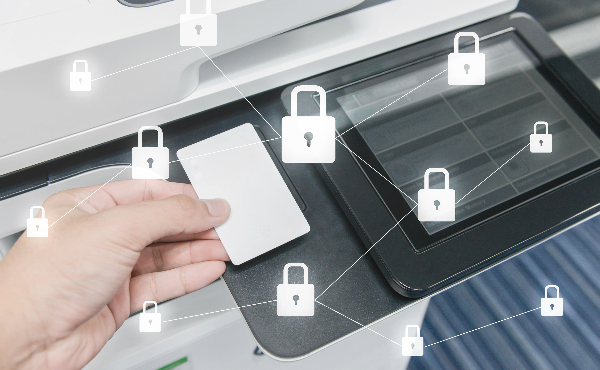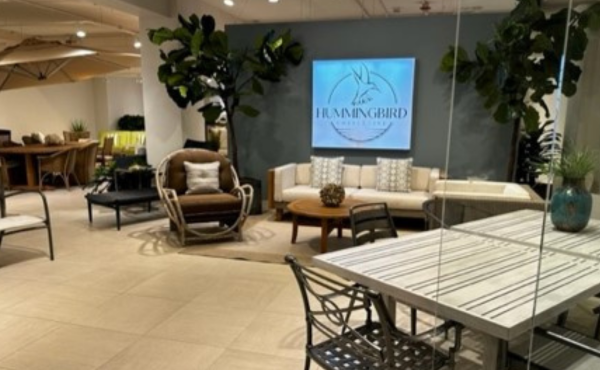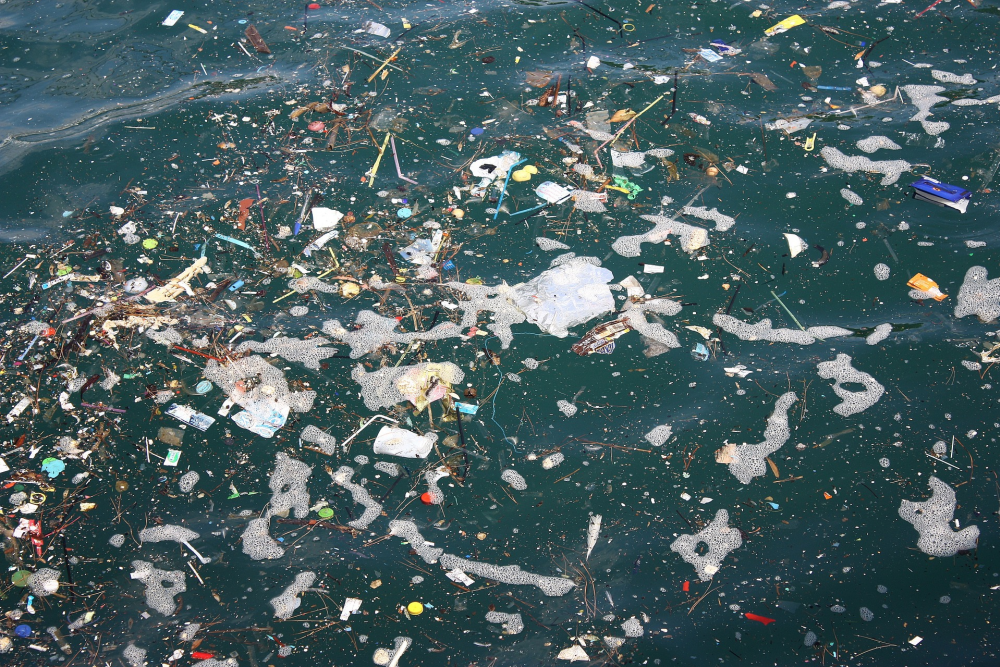
If someone were to ask you how much your organization spends on printing every year, would you know the answer? Would you know whether your employees are having a positive or negative experience with printing? Although some of you may know these answers, there are a lot of organizations that don’t ask these questions and as a result lose productivity and pay more than necessary. A print assessment is the first step in resolving these issues, which makes it an important step for organizations of any size to take.

Multifunction Printers, or MFPs, are one of many key devices in offices worldwide that provide many benefits to companies, however, they also can be major security risks if not properly protected. Cybercriminals and hackers are always on the lookout for vulnerabilities to attempt to exploit which makes it important to understand their means of attack and employ the best defense possible to reduce the risks. Below is a list of common vulnerabilities present in MFPs and best practices on how to avoid them being exploited.

With more employees coming back into the office, now is the perfect time to update your office furniture and bring a fresh new look into your organization that is both sustainable and enticing to your employees. The resimercial style is still in, however it's evolved, and workers are beginning to pay more attention to their workstations and how they affect the environment and themselves.

With AI and machine learning at the forefront of new technologies, it was only a matter of time before it was implemented into the cybersecurity world. With traditional antivirus software falling short and an increasing need for faster reactions to malware a new solution was created – Endpoint Detection Response, or EDR. But what is EDR, and how does it work?

The to-go food industry has steadily grown over the last few years, and it’s likely not going to decrease any time soon. This is partially due to the coronavirus pandemic in 2020, where the restaurant industry had to find creative ways to stay afloat during lockdowns and quarantines. In many cases, this meant that no contact delivery, curbside pickup or just pickup in general was the primary source of business for them, and people got used to it. However, people are also growing more aware of what they consume, and the impact that it has on the environment and sustainability, and now states are beginning to ban the use of Styrofoam and plastic food containers, meaning restaurants are required to find alternatives and adapt.

Most people want to make choices in their day-to-day life that won’t be harmful to the environment. But, with a fast-paced, on-the-go life it can be difficult. One area that can be the trickiest but also an easy change, is the use of disposable products. We live in a consumer culture where disposable products are ubiquitous. And they aren’t going away any time soon.

Many of us have heard about the negative effects of single-use plastics on the environment, specifically how it effects the oceans and marine life. Much of the single-use plastics (bags, bottles, straws) used today end up in our oceans, causing massive amounts of pollution to the ocean and in turn, harming and killing marine life who unintentionally consume plastic.